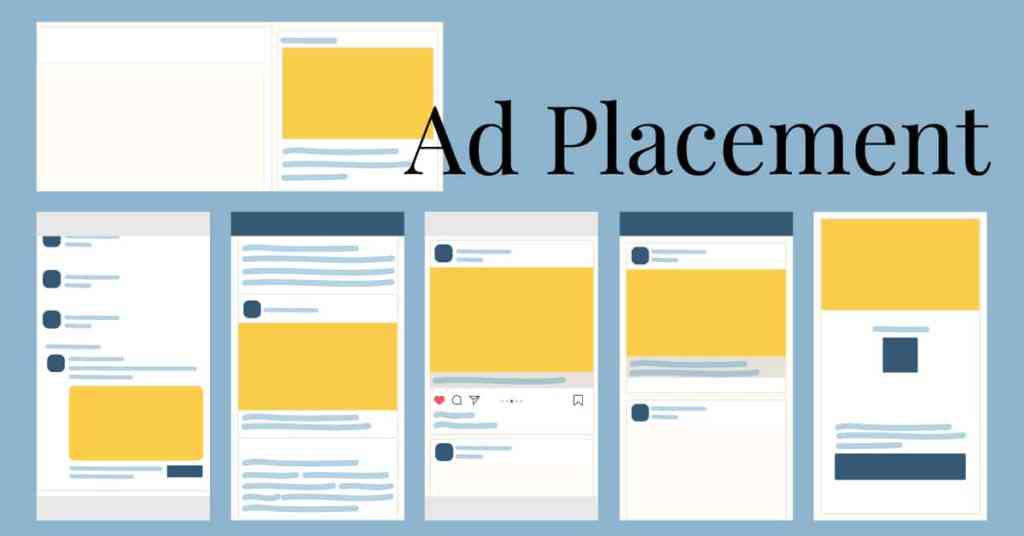Achieving higher engagement and boosting sales doesn’t come with a magical formula, much as we might hope for one. In the absence of such a universal solution, we have to rely on proven methods for optimising performance, and that’s where A/B testing saves the day! Navigating Facebook ads can be tricky, particularly at the start when setting up campaigns. Often it becomes a guessing game to know which images, texts, placements and audiences to use. This is where A/B testing, proves, invaluable.
What is Facebook A/B testing?

A/B testing is a marketing tool where two parts of a Facebook campaign can be tested against each other to analyse which one delivers the best results. Facebook ads can be split up to five times which also helps to ensure that your audience only sees one variation of your ad for the duration of the test. For instance, you can test the same ad on two different audiences to see which audience responded better.
Let’s break it down.. how does Facebook A/B testing actually work?
Firstly, your audience will be divided into separate groups. This ensures the fairness of the test and prevents the results from being influenced by individuals who have seen all the ads in the test.
Each group will be provided with identical ad sets, with the only difference being the variable you are testing. For instance, variables could include, creatives, placements or texts used.
The performance of each ad set will be assessed based on your campaign objective, and the one that demonstrates the most favourable results will be declared the winner of the A/B test.
After the test is complete, you’ll get an email and notification with the results. These insights can then fuel your ad strategy and help you design your next campaign.
So why should we use A/B testing?
1. Precision targeting

Firstly, A/B testing allows you to find what type of people are most likely to engage with your ads and convert, enabling you to find your ‘ideal audience.’ To do this, Facebook will randomly divide your audience at the ad set level to ensure the test is conducted fairly and to give each ad an equal chance in the auction. By creating variations of ad sets with different demographics, interests, or behaviours, you can learn which audiences respond best to your ads. Therefore, you can target your ideal audience and use your advertising budget to achieve maximum impact and results from your campaigns.
2. Ad copy and creative optimisation

Secondly, you can learn which images, videos, text, and headlines perform best in your campaigns. To A/B test your Facebook ad creative, create two or more variations of the ad. This could involve testing an image against a video or changing the ad copy. A/B testing provides valuable insights into what resonates with your audience. Experiment with different variations to discover the winning formula that captivates your target audience and boosts engagement.
3. Choosing the correct placements for results

A third benefit of A/B testings is that you can gain a better understanding of which platforms your ads perform best and where to display them within those platforms, such as in Stories or feeds. It’s important to be careful when selecting placements, as limiting them can have a negative effect on ad delivery. Therefore, it is recommended to use as many placements as possible. For instance, you can A/B different placement ideas, such as Automated placements Vs customised placements or Mobile placements Vs desktop placements.
4. Budget allocation efficiency

Another benefit of A/B testing is that it allows you to identify high-performing ad sets, enabling you to allocate your budget more efficiently. Redirecting the budget towards the most effective variations maximises your return on investment and ensures that every pound spent contributes to your campaign’s success.
5. Results
Lastly, A/B testing allows you to evaluate the performance of different ad variations. By comparing metrics such as click-through rates (CTR), conversion rates, and engagement, we can identify which version of the ad resonates best with the target audience. This enables us to make informed decisions, optimise campaigns, and allocate resources more effectively. Therefore, we can continually assess performance data, refine strategies, and implement data-backed changes to achieve positive improvements and results.
Conclusion
While not a magical remedy, A/B testing serves as a valuable tool for running Facebook ad campaigns. Rather than relying on wishful thinking we can use A/B testing to make informed decisions based on real data and insights.
By making data-driven decisions, you can be confident that changes to your ads will have positive results. Testing Facebook ads is crucial for ensuring that optimisations and changes in strategy are well-informed, leading to positive outcomes.
Utilise our tips and tricks to enhance your Facebook strategy, improve engagement rates, build brand awareness, generate sales and drive traffic to your business.





